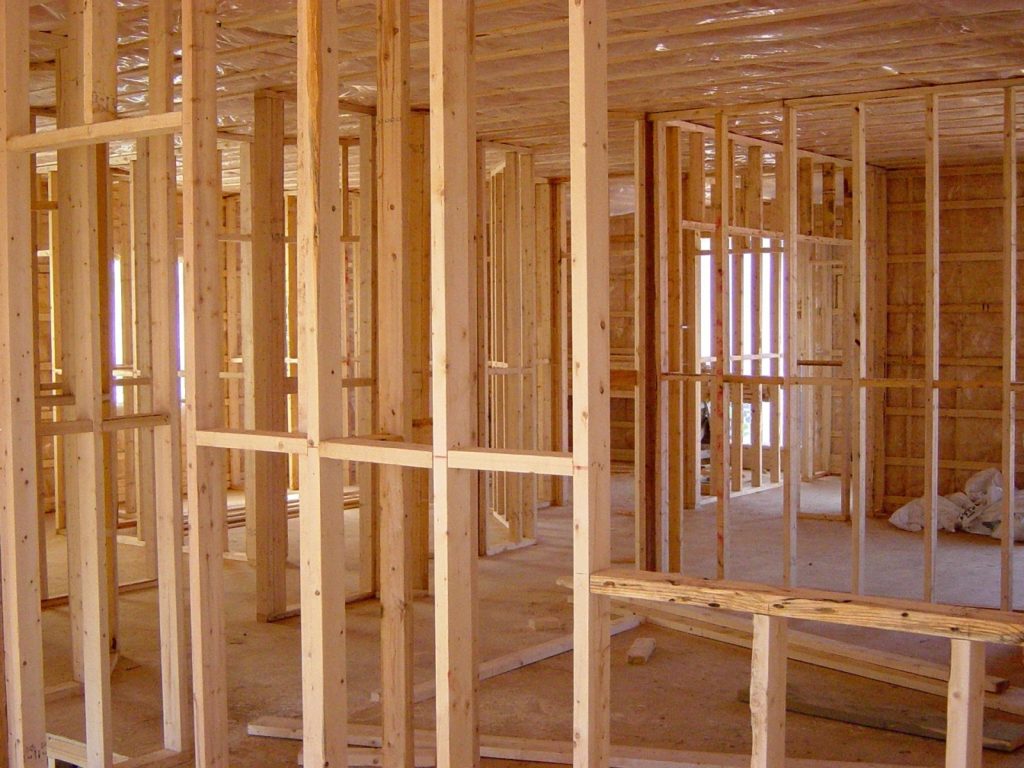The built environment is currently taking over the world – masses of skyscrapers and urban developments are being created to cater for the next generation of businesses and the changing needs of a home-owner.
What’s unfortunately not being built at the same pace is a policy for the construction, developmental and architectural industries to consider sustainability in their plans. Whilst many developers are beginning to dip their toe into the environmentally friendly pool – introducing zoned heating and cooling, LED lighting and solar panels – it’s not currently enough to curb the ever-increasing CO2 gasses being produced by the construction industry.
To begin building sustainably, we need to think about the physical structure of the building – what can replace the steel and concrete that’s to blame for the carbon emissions that are slowly and somewhat irrevocably damaging the planet?
If you follow the timber-focused news like us, you’ll be seeing a gradual increase in the number of hardwood timber buildings being created across the globe, from The Tree in Norway, to Tall Wood Residence in Vancouver – which was, in 2017, the world’s tallest timber building.
Challenging its neighbour is the in-planning-stage Canada Earth Tower, developed by Delta Land Corporation and hoping to stand an outstanding 40-storeys high. The building will use cross, glue and dowel-laminated timber, as well as mass hardwood timber – making it incredibly environmentally friendly. Not stopping there however, it will also incorporate a garden every third floor, which will help neutralise and oxygenise the air surrounding it.
It’s buildings like this that are giving timber merchants a fresh wave of hope – in five to ten years when these buildings are still standing strong and delivering on their promise, developers and contractors should begin to reconsider what constitutes a ‘standard build’.
Although the pace is slow-moving, hardwood timber is still being touted in many circles as one of the most important materials for the built environment today, due to its strength, versatility and positive environmental attributes.
In a recent International Timber video, Specialised Product Director, John Dowd, said: I’m convinced timber in construction will continue to grow. We’ve got products that are now in construction from South East Asia in terms of decking, and we also have products which are chain of custody certified from Malaysia which go into high-end manufacturing, so from that perspective we’re absolutely seeing more opportunity for forest products in construction.”
International Timber holds in excess of 100,000 cubic metres of timber across six national distribution points, and a large majority of this is being bought by home-builders and those who work in construction.
Hardwood timber is already the go-to product for certain indoor design choices including stairs, floors and window frames, however the tides are beginning to change and large-scale manufacturers are beginning to knock on our hardwood doors.
We hope and believe that this change will continue, leading to positive, lasting effects on our climate and our built environment.
And that’s it
If you’d like to speak to a timber consultant about our product range, or want a bit more information on the use of hardwood timber in construction and home-building, get in touch and we’ll be able to help you out.
Oh, and don’t forget to follow us on Twitter, LinkedIn and Facebook to keep up to date on all the latest timber news!
